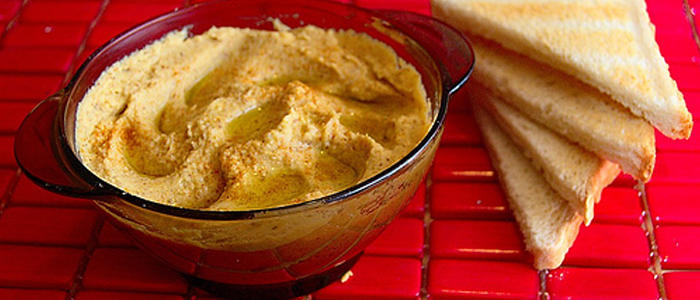New to science: October 2013
Posted on October 7, 2013 by Benjamin Thompson
Each month, the Society for General Microbiology publishes the International Journal of Systematic and Evolutionary Microbiology, which details newly discovered species of bacteria, fungi and protists. Here are a few of the new species that have been discovered, and the places they’ve been found. The full papers are available to journal subscribers, but the abstracts are free to read.
I got scared writing this month’s ‘New to science’ after reading a paper about a new species of bacteria that is ‘capable of reducing humus’. As a man who practically lives off the chickpea-based foodstuff, this made me extremely nervous – what was it getting reduced to? Thankfully, my workmates (in between fits of laughter) reminded me of the small-but-subtle difference in spelling between hummus, the delicious dip, and humus, a major component of soil. The bacterium in question is Bacillus thermotolerans, which grows best at 50 °C and was isolated by Chinese researchers from a composting plant in Dongguan, South China.

Image: Albertas Agejevas on Flickr
In other earthy bacteria news, researchers investigating the soil surrounding the roots of watermelon growing in a greenhouse in the Daxing district of Beijing have discovered Hansschlegelia beijingensis, a pink-pigmented species of bacterium and is methylotrophic, meaning it can grow on single-carbon compounds.
I’m not sure that I’m a huge fan of many of the members of the genus Pectinatus. These microbes are commonly associated with spoiling beer, making it unfit to drink. This genus affects unpasteurised beers – for example craft beers – that are packaged in an anaerobic (oxygen-free) way. This month, researchers from America and Finland have discovered a new non-beer-associated member of the genus called Pectinatus sottacetonis, isolated from an 8,000 gallon outdoor vegetable brining tank, used to make gherkins (or pickles to our American friends), which had had no air exposure for 12 weeks, ideal conditions for the new species.
Another alcohol-related find, Lactobacillus delbrueckii subsp. jakobsenii, has been identified by researchers from Denmark and Burkina Faso. The new species in question was found in wort derived from malted sorghum, a drought-tolerant grain crop that is grown in many arid regions, particularly in Africa. In Burkina Faso, sorghum is used to make a local beer known as ‘dolo’.
Finally, this month has seen several papers that have identified new microbes from biofilms – the slimy scaffolds of bacteria, sugars and DNA that are of great interest due to their ability to adhere to many surfaces. Kribbella albertanoniae has been isolated from a biofilm in the Saint Callixtus catacombs in Rome, while Nocardioides salsibiostraticola was isolated by Korean researchers from coastal seawater near Ny-Ålesund, Svalbard, Norway (apparently ‘the world’s northernmost functional public settlement’). Finally, researchers from the INRS-Institut Armand-Frappier, Canada, have isolated Hyphomicrobium nitrativorans living in a biofilm in the seawater-treatment system at the Montreal Biodome.
These are just a few of the new species described this month; you can see the full list at IJSEM. We’ll be back again next month with a host of new ones; look out for us then!

